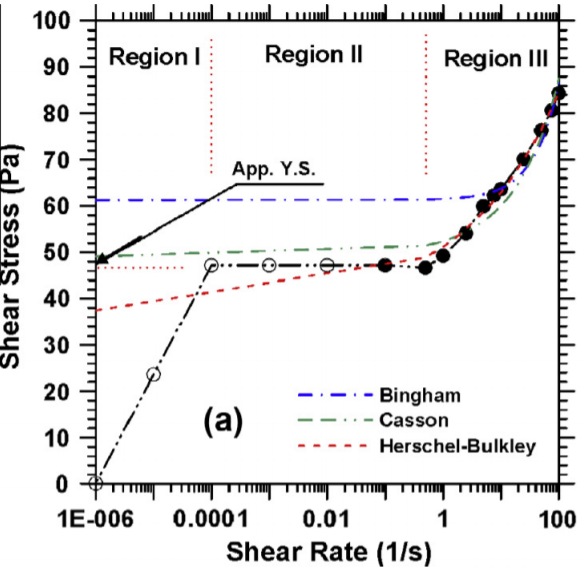Citation
Vance, K.; Sant, G.; Neithalath, N. Cement and Concrete Composites 2015, 59, 38-48.
Vance, K.; Sant, G.; Neithalath, N. Cement and Concrete Composites 2015, 59, 38-48.
This paper investigates the influence of gap between parallel plates, surface texture of the bottom plate, and mixing intensity on the yield stress and plastic viscosity of cementitious suspensions extracted using the Bingham model. Special emphasis is paid toward understanding the effects of shear rate range and different rheological models on the flow parameters. It is shown that the use of a wider shear rate range (0.1–100/s), can be beneficial in obtaining a reasonable portion of the stress plateau in the shear stress–shear rate relationship, which facilitates a model-less, yet accurate extraction of yield stress. The Bingham model that considers only the linear region (i.e. ∼5–100/s) overestimates the yield stress as indicated by the stress asymptote while the Herschel–Bulkley (H–B) equation applied in the 0.1–100/s shear rate range underestimates the yield stress. Further lowering the evaluated shear rate range (i.e. 0.005–100/s) does substantially improve the H–B prediction of yield stress.
